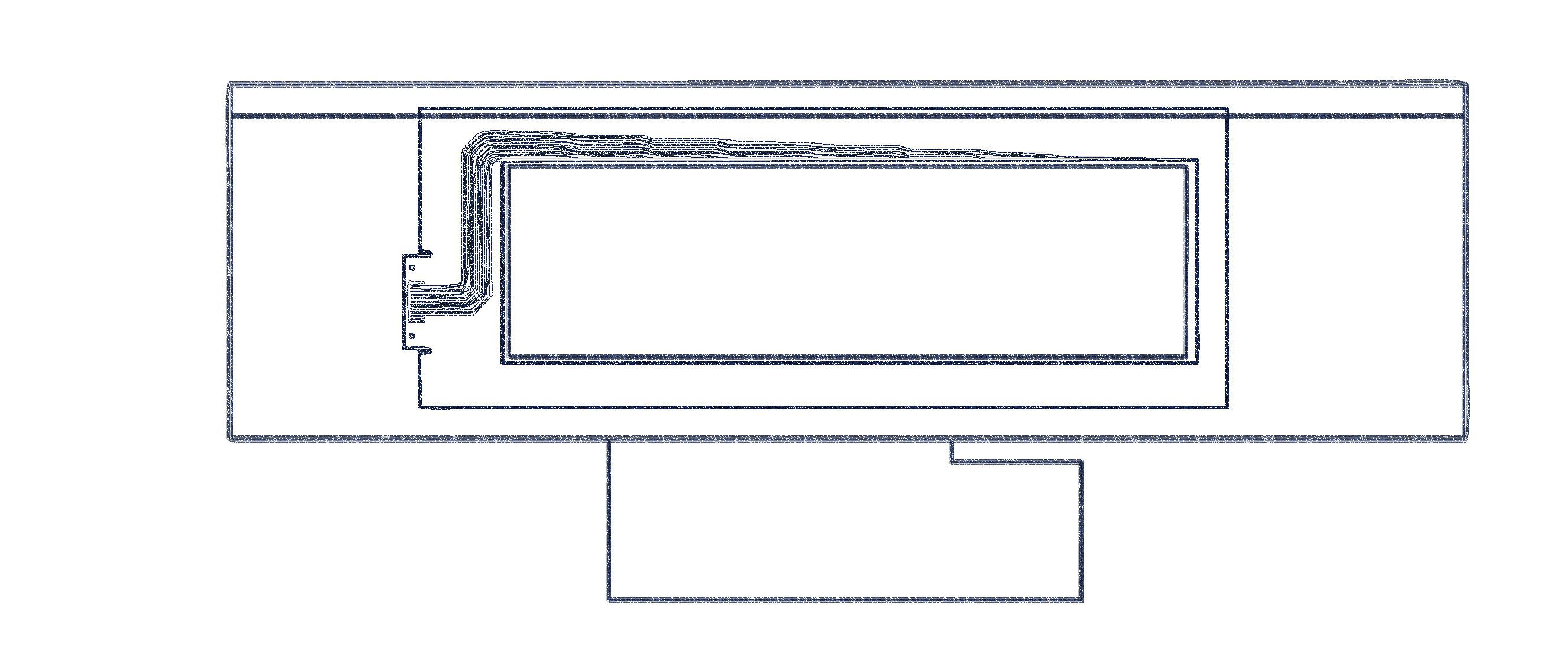Xymox Case Study: When Off-the-Shelf Touch Screens Just Won’t Cut It
Problem:
Company C was looking to design a new touch interface that would be scalable to multiple application platforms, giving various products the same look & feel and only requiring software changes. They have used off the shelf/traditional touch displays in the past, but knowing that user experience is critical to their success, along with requirements of interface functionality in cold temperatures, Company C needed a custom capacitive touch solution.
*side note: off-the-shelf touch sensors typically come adhered directly to the display, this leaves companies having to compromise their design to fit within standard size offerings. See: Off-the-Shelf vs. Custom
Solution:
Using the same glass lens and display that Company C already sources, Xymox designed a sensor and created proof of concept prototypes that could be tested in a variety of different environments.
With this interface being used in high-end applications, Company C has high standards for the user experience, no false touches, and the expectation that  the sensor will work the same for any user. Because of this, and the limited space, Xymox worked with Alsentis® to manufacture an FPC (flexible printed circuit) tail, which had all of the components and the Alsentis® HSS (Heuristic Signature Sensing) controller chip soldered directly onto it. Xymox then bonded the tail to the sensor. Having the controller on the FPC allowed Xymox to assist in the programming of the chip; if the chip was populated onto Company C’s main PCB, they would have to program each one individually.
the sensor will work the same for any user. Because of this, and the limited space, Xymox worked with Alsentis® to manufacture an FPC (flexible printed circuit) tail, which had all of the components and the Alsentis® HSS (Heuristic Signature Sensing) controller chip soldered directly onto it. Xymox then bonded the tail to the sensor. Having the controller on the FPC allowed Xymox to assist in the programming of the chip; if the chip was populated onto Company C’s main PCB, they would have to program each one individually.
Adding to the construction, LOCA (liquid optically clear adhesive) was used to bond the sensor/glass assembly to the display. This process eliminates the 1mm air gap that Xymox has used in many other applications; given the space restrictions, this was the best way to give Company C what they needed for their application.
Results:
A custom solution that fits Company C’s design and functionality requirements without compromise. The Alsentis® HSS Technology is designed to overcome user, environmental, equipment, and manufacturing variation to create the best user experience with the touch interface.
